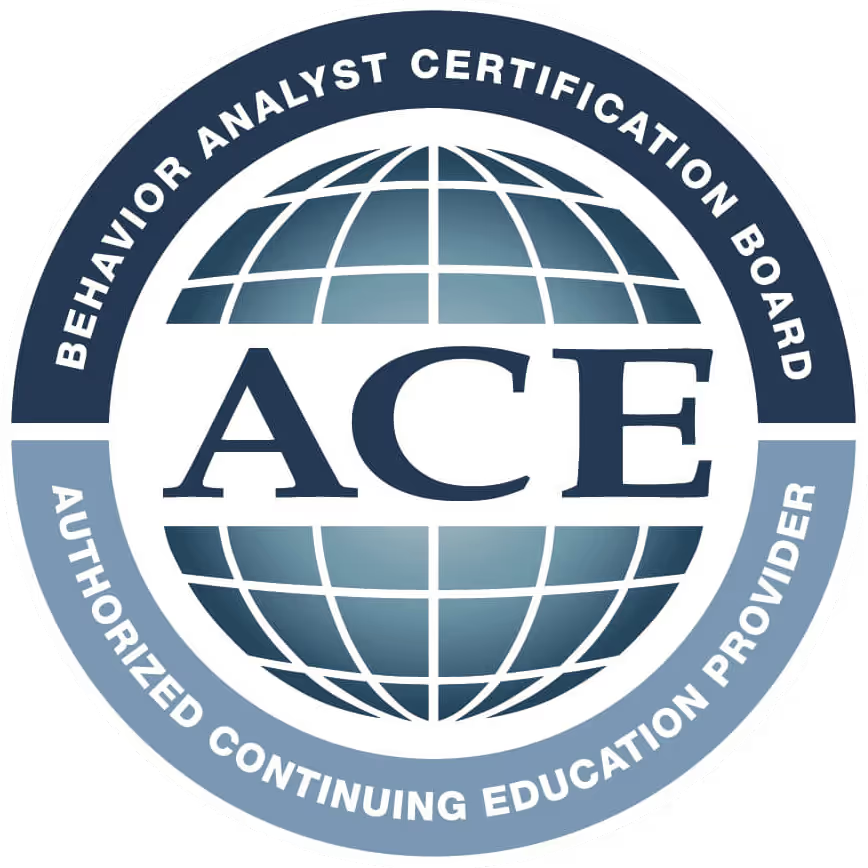
How Speech Therapy Can Help with Early Childhood Language Delays
Empowering Communication Through Early Speech Intervention
Understanding Early Childhood Language Delays
Identifying early childhood language delays is crucial for ensuring optimal development in children. Language delays can manifest in various forms and are most noticeable when children do not hit certain developmental milestones. Understanding the causes, symptoms, and the role of early intervention can set the path for effective speech therapy, allowing children to catch up with their peers and flourish.
Identifying Language Delays in Early Childhood
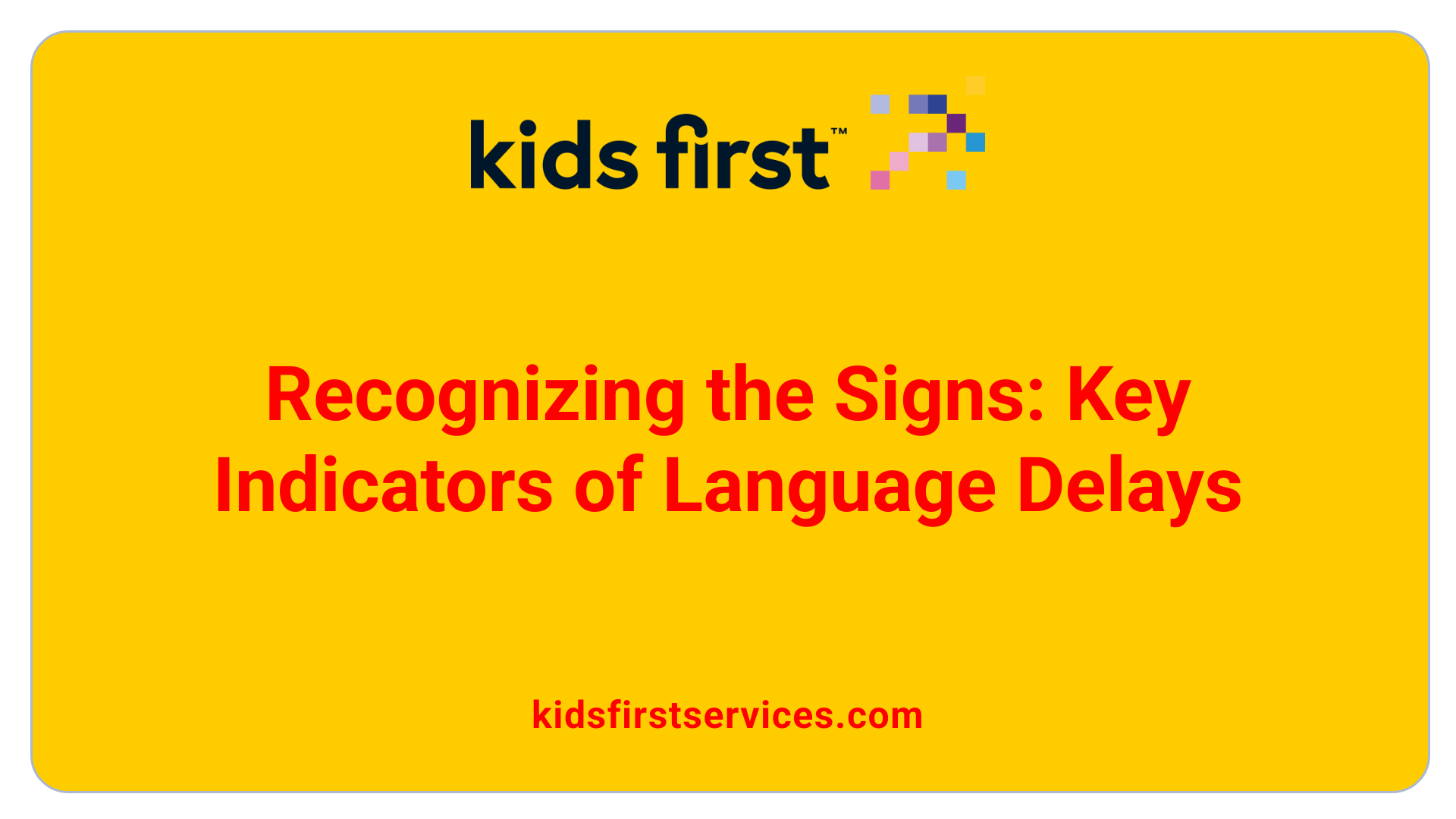
Signs and symptoms of language delays
Language delays can manifest in several ways. Common signs include:
- Lack of gestures, such as pointing, by 12 months.
- Using only gestures for communication rather than vocalizations by 18 months.
- Inability to follow simple instructions by age 2.
- Limited babbling by 9 months or no first words by 15 months.
- Difficulty forming two-word combinations by age 2.
Recognizing these signs is essential for parents to seek appropriate help early on.
Developmental milestones for speech and language
Understanding developmental benchmarks helps parents gauge their child's progress. By 12 months, children should recognize their name and respond to basic instructions. At 18 months, they typically use between five to twenty words, with an increase expected by 24 months when they should form simple phrases. Although some children may take longer to meet these milestones, persistent delays may necessitate further evaluation.
When parents should seek professional help
If parents notice signs of language delay, especially the inability to communicate effectively, it's vital to consult a pediatrician. They may refer the child to a speech-language pathologist (SLP) for assessment. Early interventions can significantly enhance a child's communication skills and academic success.
What are the causes of language delays in children?
The causes of language delays in children can vary widely and may include hearing impairments, developmental disorders such as autism or Down's syndrome, environmental influences, and brain injuries. Additionally, children with ADHD frequently encounter speech and language delays, particularly affecting their pragmatic language skills. Specific examples of delays include not speaking by 18 months or struggling with sentence formation by age three. Early intervention through speech therapy is crucial, as it can significantly improve communication skills and overall development. Creating a language-rich environment at home and engaging in regular communication can also support language development in children.
The Critical Role of Early Intervention
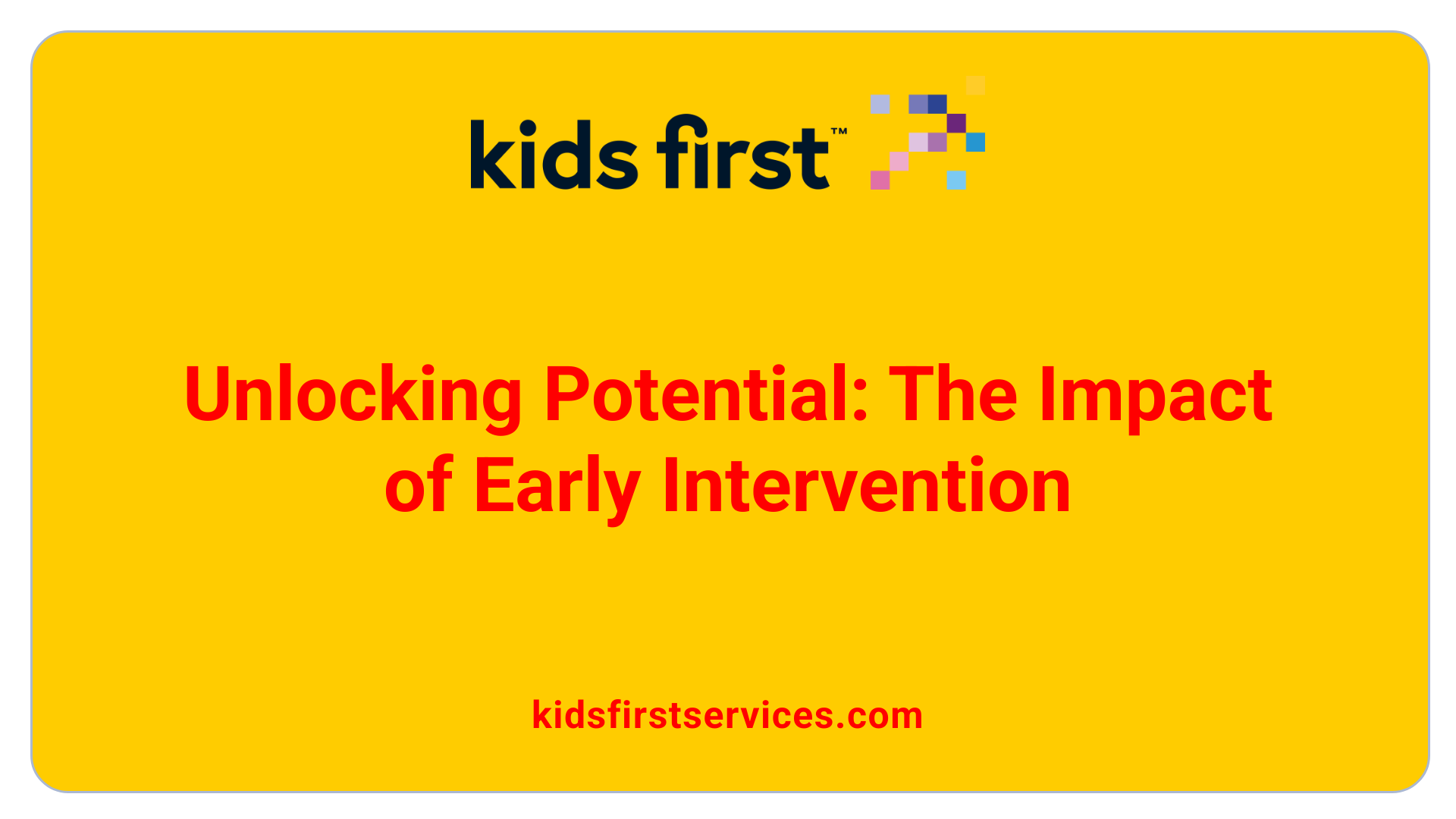
How can early intervention benefit children with language delays?
Early intervention can greatly benefit children with language delays by providing timely support and resources tailored to their specific needs. When interventions begin early, children are more likely to develop essential communication skills at a crucial time in their growth. This proactive approach includes assessments and targeted therapy sessions conducted by speech-language pathologists (SLPs) who work together with families to create an individualized plan.
These structured programs often utilize play-based activities that make learning engaging and fun. Through targeted strategies, children can enhance their receptive language skills, which are vital for understanding spoken language, as well as expressive skills that involve communicating thoughts effectively. Research indicates that early intervention can significantly improve developmental outcomes, helping children avoid more severe language challenges in the future.
Programs available for early intervention
Numerous programs, such as the Early Start Program, provide government-funded speech therapy and resources for eligible young children. The program aims to support developmental milestones for children from birth through age three, offering free access to tailored interventions. Another popular approach is the 'It Takes Two to Talk' program, designed to empower parents with techniques to foster language learning in everyday situations.
Impact on long-term development
Engaging in early intervention services not only shapes immediate speech and language skills but also has a lasting impact on a child's overall development. Studies have shown that children who receive early intervention demonstrate improved social skills, academics, emotional well-being, and self-confidence as they grow. For instance, children who stutter and receive early intervention are significantly more likely to resolve their stuttering completely.
As children and families actively participate in the intervention process, they create a language-rich environment that supports ongoing communication development, setting the foundation for success as children transition into educational settings.
Core Goals and Strategies of Speech Therapy
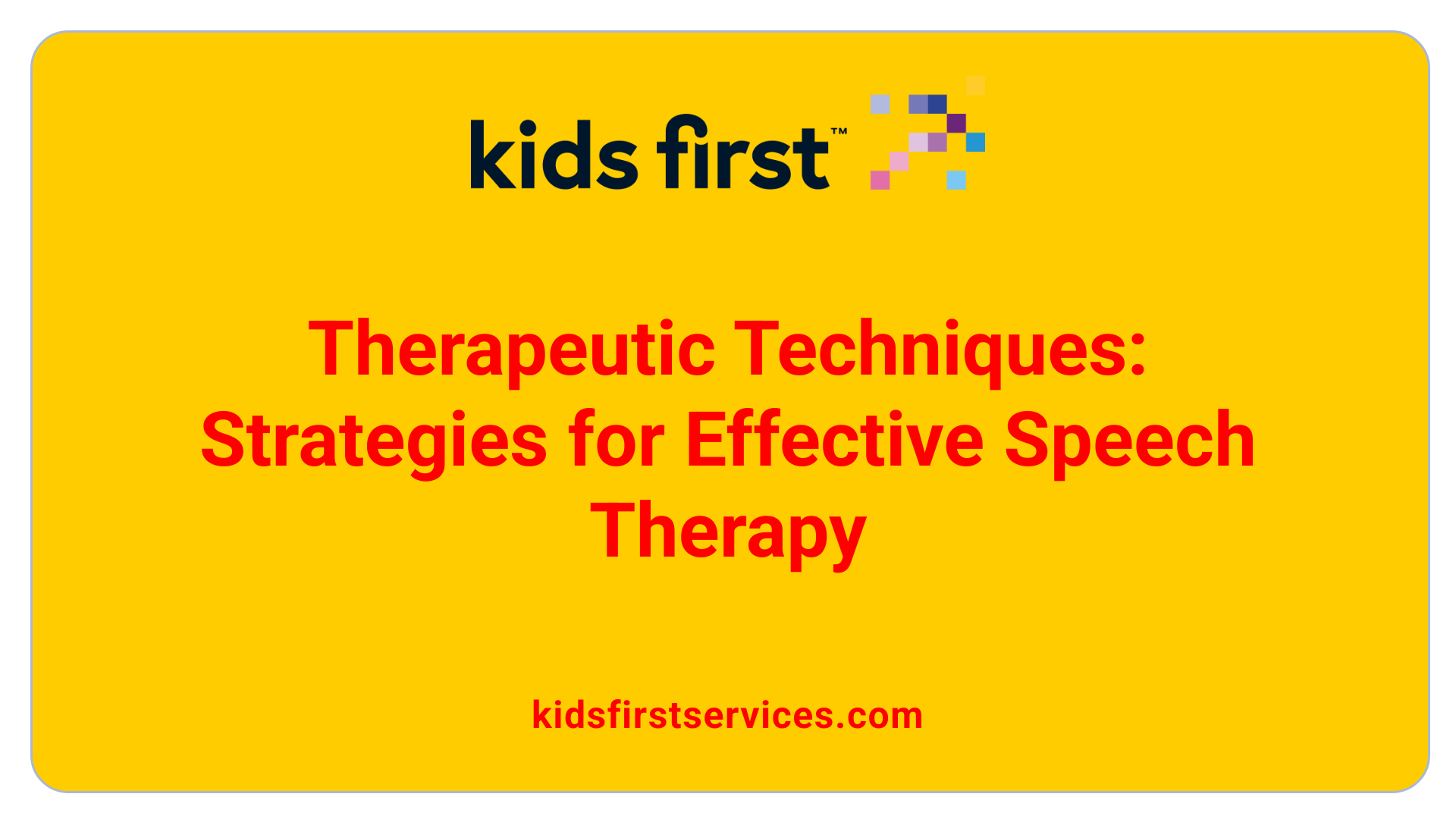
What are the goals of speech therapy for language delay?
The goals of speech therapy for language delay focus on enhancing a child's expressive language skills. This includes increasing vocabulary, improving grammar, and developing sentence structure. Therapists work to help children ask questions, name objects, and combine words into sentences—essential components for effective communication.
Moreover, therapy targets speech intelligibility and articulation disorders to ensure children are understood by family and peers. By addressing these elements, speech therapy supports a child's academic and social development, especially for those experiencing expressive language delays or conditions like dyslexia. Ultimately, the therapy aims to foster overall language development, enabling children to achieve age-appropriate communication skills and reach vital developmental milestones.
Specific techniques used by therapists
Speech therapists utilize various techniques tailored to children’s communication needs, including:
- Play-based activities: Making sessions enjoyable and relatable through games.
- Phonological exercises: Targeting specific sounds to improve articulation.
- Language games and storytelling: Encouraging word use and sentence formation in a dynamic setting.
These strategies engage children and promote language skills through organic learning experiences.
Tailoring therapy to individual needs
Every child has unique requirements and challenges, prompting therapists to create personalized treatment plans. This customization considers factors such as the child's age, interests, and specific communication goals. Therapists work with families to collaboratively develop strategies that integrate therapy concepts into everyday activities, enhancing practice and ensuring the strategies feel natural for the child.
The Impact of Speech Therapy on Language Development
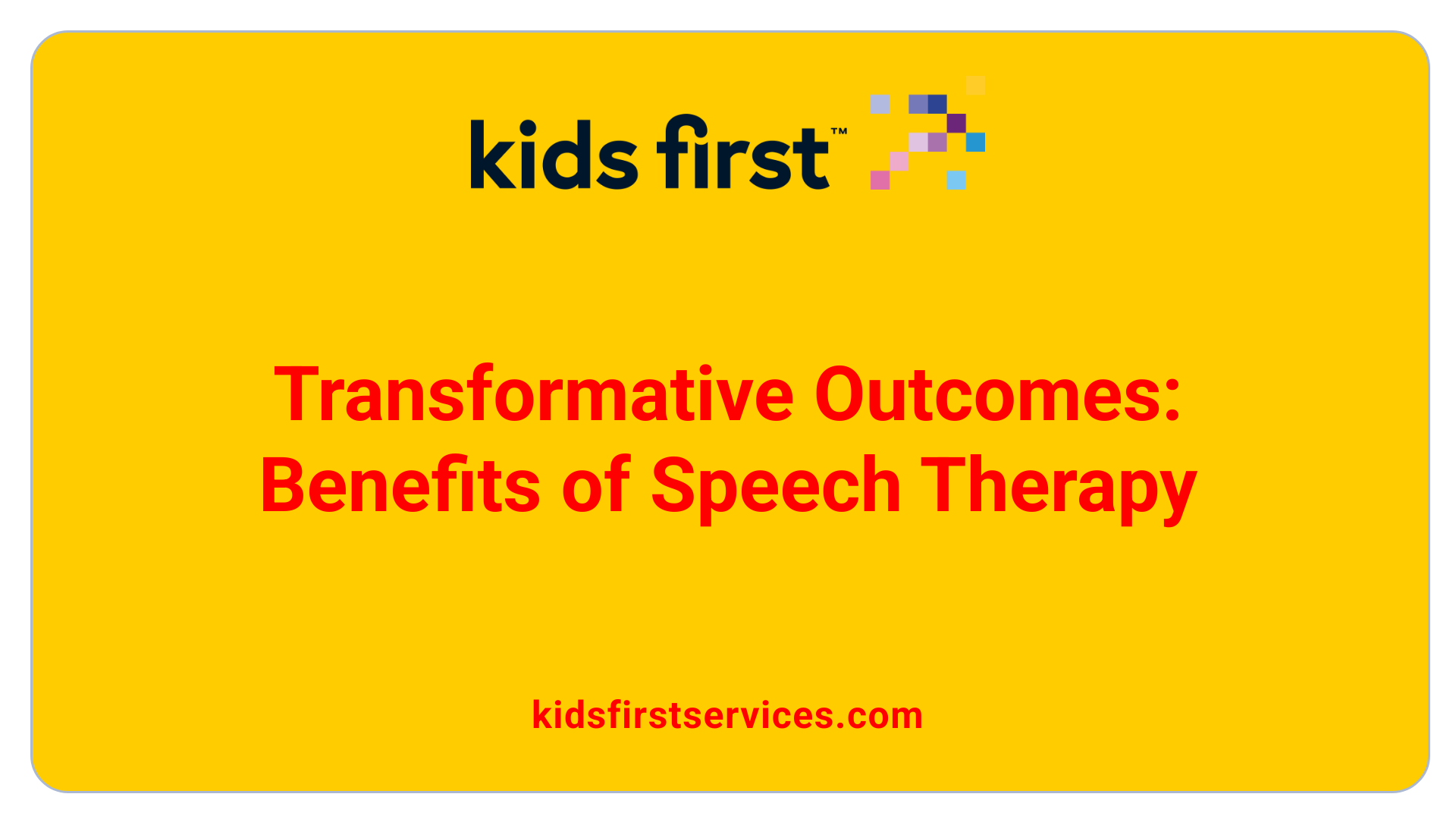
Improvements through speech therapy
Speech therapy significantly contributes to the enhancement of language skills in children. Speech-language pathologists (SLPs) employ tailored interventions that focus on both speech clarity and language comprehension. These professionals utilize a variety of play-based activities to engage children effectively while addressing specific communication needs.
Typically, noticeable progress is observed after approximately 12 sessions, with many children able to transfer their newfound skills to home and community settings, indicating their ability to communicate more effectively.
How therapy enhances communication
Through engaging exercises, such as storytelling and interactive games, speech therapy bolsters children’s expressive language abilities and enhances their confidence in conversations. This can be particularly beneficial for those experiencing delays.
Parents and caregivers are encouraged to participate actively in this process, which benefits the child's ongoing development. Effective strategies to support communication include using gestures, repetition of instructions, and creating a language-rich environment at home.
Developing essential language skills
Therapy focuses on essential skills such as vocabulary expansion, grammar use, and comprehension—crucial for academic success and effective communication. Moreover, it aids in social skill development, enhancing interaction capacities with peers and adults.
Many children who receive early intervention through speech therapy show significant long-term academic benefits and improved self-esteem, helping them keep pace with their peers in learning environments.
| Area of Impact | Description | Benefits |
|---|---|---|
| Speech Clarity | Using articulation activities to improve clarity | Enhanced communication abilities |
| Language Skills | Expanding vocabulary and comprehension skills | Better academic performance |
| Social Skills | Fostering turn-taking and conversational skills | Improved peer interactions |
Recognizing the signs of speech and language delays early is key to facilitating timely intervention that leads to positive developmental outcomes.
The Essential Role of Speech-Language Pathologists
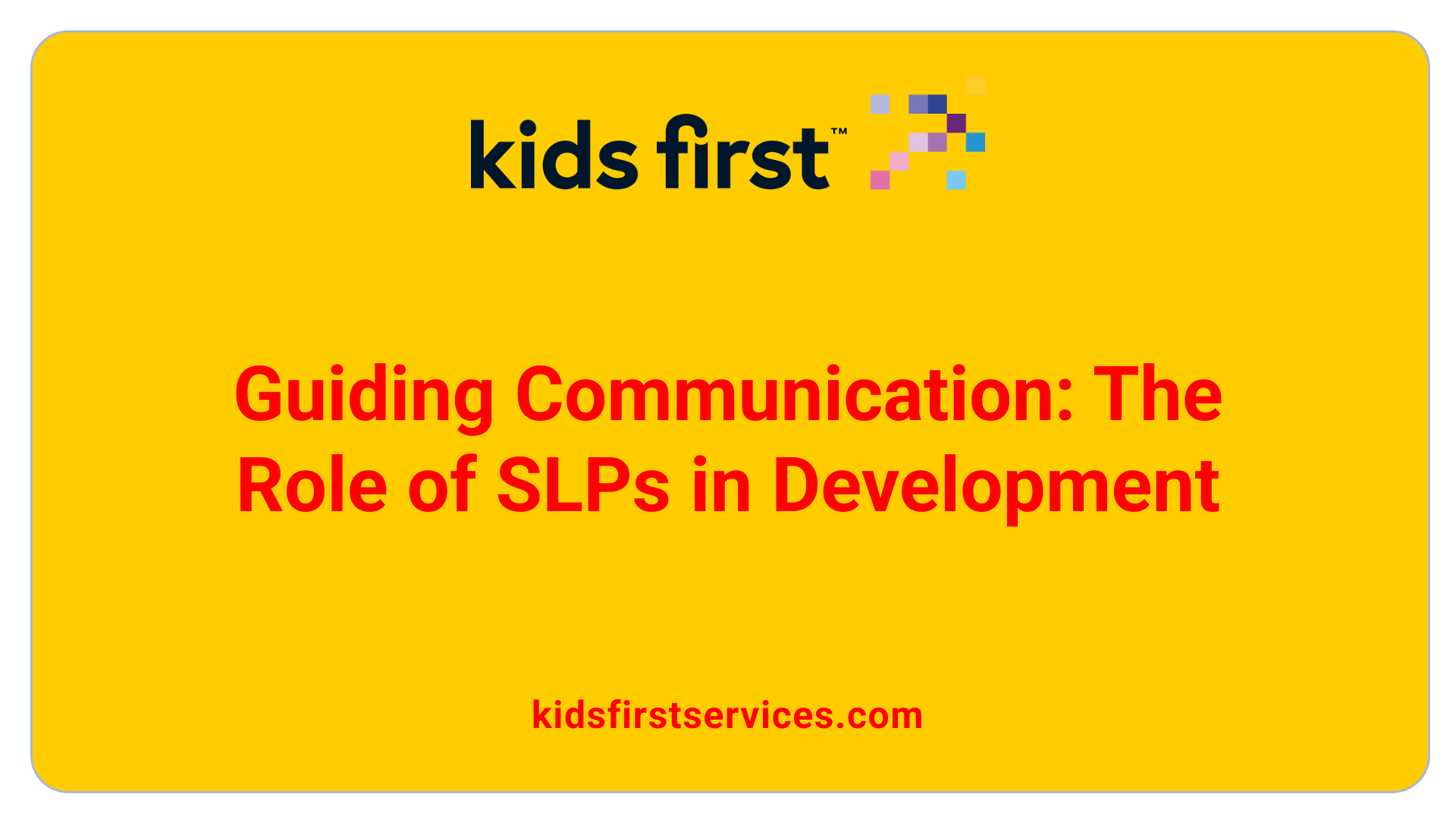
What is the role of speech-language pathologists in addressing language delays?
Speech-language pathologists (SLPs) play a crucial role in addressing language delays by assessing and treating communication disorders in individuals of all ages. They begin with comprehensive evaluations to determine the specific nature of speech and language issues, considering both expressive and receptive language skills.
SLPs' assessment and treatment approaches
SLPs develop individualized treatment plans that aim to enhance both language comprehension and expression. These plans incorporate evidence-based strategies tailored to meet each child's unique needs. With a focus on articulation, vocabulary expansion, and cognitive-communication skills, SLPs utilize a variety of approaches, including play-based therapy and interactive exercises, to engage children effectively.
Collaborating with families
Collaboration with families is central to the SLP's approach. They actively involve parents and caregivers by equipping them with techniques to continue language development at home. For instance, they might recommend reading together, engaging in conversations, and using everyday activities to reinforce learning. This partnership ensures that therapy is consistent and supportive, maximizing the child’s developmental outcomes.
Long-term benefits of therapy
Research indicates that early intervention through speech therapy leads to significant long-term benefits. Children who receive assistance in their formative years often demonstrate improved social-emotional skills, boosted self-confidence, and enhanced communication abilities. Addressing language delays early on not only supports better academic success but also enriches social interactions, fostering healthier relationships as children grow. Overall, the work of SLPs is vital in transforming lives by improving communication skills and enhancing the quality of life for those with language delays.
Parental Involvement in Language Development
Home Strategies for Supporting Language Growth
Parents play a vital role in fostering their child’s speech and language development. One effective method is to engage in regular communication, which includes reading to children frequently from an early age. This not only enhances vocabulary but also builds comprehension skills.
Everyday scenarios, such as mealtime or playtime, can serve as opportunities for language practice. Parents should name objects, describe actions, and encourage their child to express thoughts and feelings.
Role of Parents in Therapy Success
The success of speech therapy often hinges on parental involvement. Engaging in activities recommended by speech-language pathologists (SLPs) at home can reinforce skills learned in therapy sessions. Parents can utilize techniques such as storytelling, language games, and even phonological exercises to make learning enjoyable. Collaborative approaches where parents and therapists interact create a more supportive environment for the child.
Recognizing Milestones and Seeking Help
Parental awareness of developmental milestones is critical. By 12 months, children should use gestures, and by 2 years, they should be able to follow simple directions. If a child exhibits delays—like not babbling or lacking first words—it's crucial to consult an SLP for a comprehensive assessment. Early recognition and intervention can significantly improve outcomes for children experiencing speech or language delays, thus fostering their ability to communicate effectively.
Distinguishing Speech Delay from Other Conditions
What is the difference between speech delay and autism?
Speech delay and autism represent different challenges, though they can overlap. Speech delay is characterized by difficulties in developing verbal and non-verbal communication skills. In contrast, autism spectrum disorder (ASD) is a neurological condition that affects social skills, communication abilities, and behavior.
Common misconceptions
One common misconception is that all children with speech delays are autistic, which is not true. Children with speech delays may actively seek social interactions and use gestures effectively, while those on the autism spectrum may exhibit more profound difficulties in social engagement. Also, children with speech delays often improve as they mature, while autism usually presents continuous communication challenges.
Importance of proper diagnosis
Timely and accurate diagnosis plays a crucial role in distinguishing between speech delays and autism. This ensures that children receive the most beneficial interventions and support tailored to their specific needs, maximizing their communication potential. Evaluations from qualified professionals are essential to identify each child’s unique profile and provide appropriate strategies for development.
Empowering Parents Through Programs Like 'It Takes Two to Talk'
Overview of 'It Takes Two to Talk' Program
The 'It Takes Two to Talk' program is designed to empower parents with effective strategies to support their child's language development during pivotal everyday activities, such as mealtime and playtime. By engaging parents actively in the learning process, the program emphasizes that language acquisition is enhanced through natural interactions at home.
Benefits of Parent-Focused Language Strategies
Parents receive individualized support from certified speech-language pathologists (SLPs) who help identify the specific language needs of their child. This hands-on approach enables parents to incorporate language-rich interactions seamlessly into their daily routines. Techniques taught include narrating actions, expanding on a child’s utterances, and encouraging back-and-forth exchanges, which can significantly bolster a child’s communication skills.
Evidence-Based Results
The program is rooted in evidence-based practices, showcasing positive effects on language development in young children with delays. Participants often report noticeable improvements in their child's communication abilities and express feeling more empowered as they foster an engaged learning environment. Studies have proven that when parents actively facilitate language learning, it enhances not only the child’s vocabulary but overall social skills, paving the way for successful interactions in various contexts.
Conclusion: The Path Forward for Children with Language Delays
Addressing early childhood language delays through timely intervention and speech therapy can profoundly impact a child's development, setting a strong foundation for future success in communication, academic achievement, and social interactions. By gaining awareness of the symptoms, causes, and supportive strategies available, parents and caregivers can take proactive steps to assist their children's language growth. Engaging in programs and therapies with the involvement of skilled speech-language pathologists ensures that every child receives the nurturing environment needed to thrive. The journey towards overcoming language delays is collaborative, empowering families and professionals to work together in creating positive outcomes.
References
- Delayed Speech or Language Development (for Parents) - Kids Health
- Than Words: 6 Ways Speech Therapy Supports Child Development
- Early Intervention Services - ASHA
- Speech Therapy: What It Is & How It Works
- The Benefits of Speech Therapy for Your Preschooler's Language ...
- Speech and Language Delay in Children - AAFP
- A Parent's Comprehensive Guide to Speech Delay Treatment
- Language Delays in Toddlers: Information for Parents



